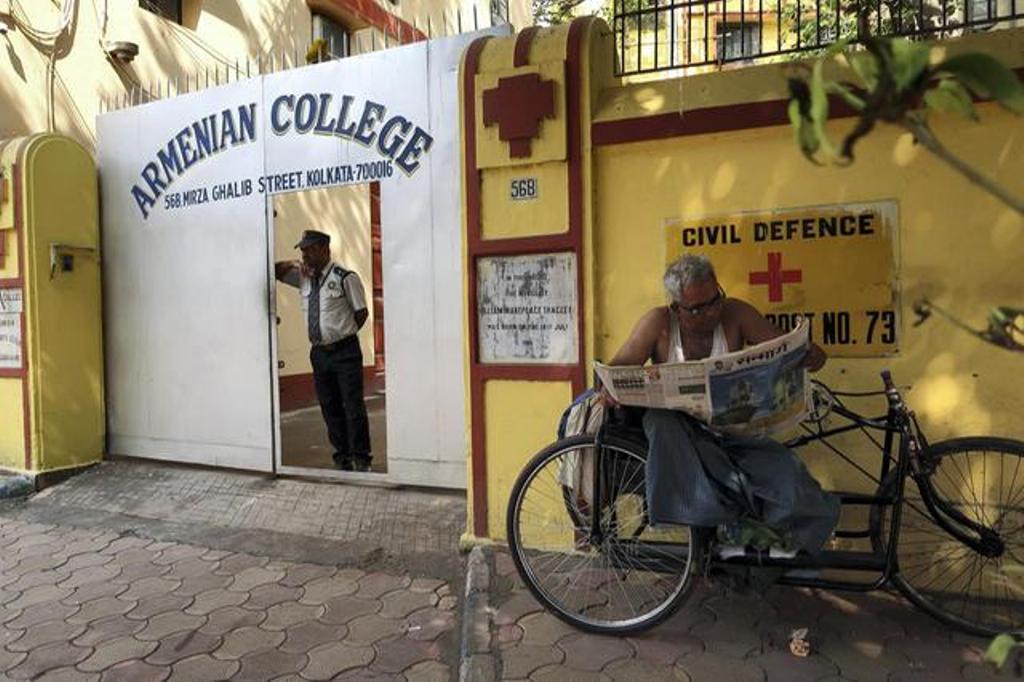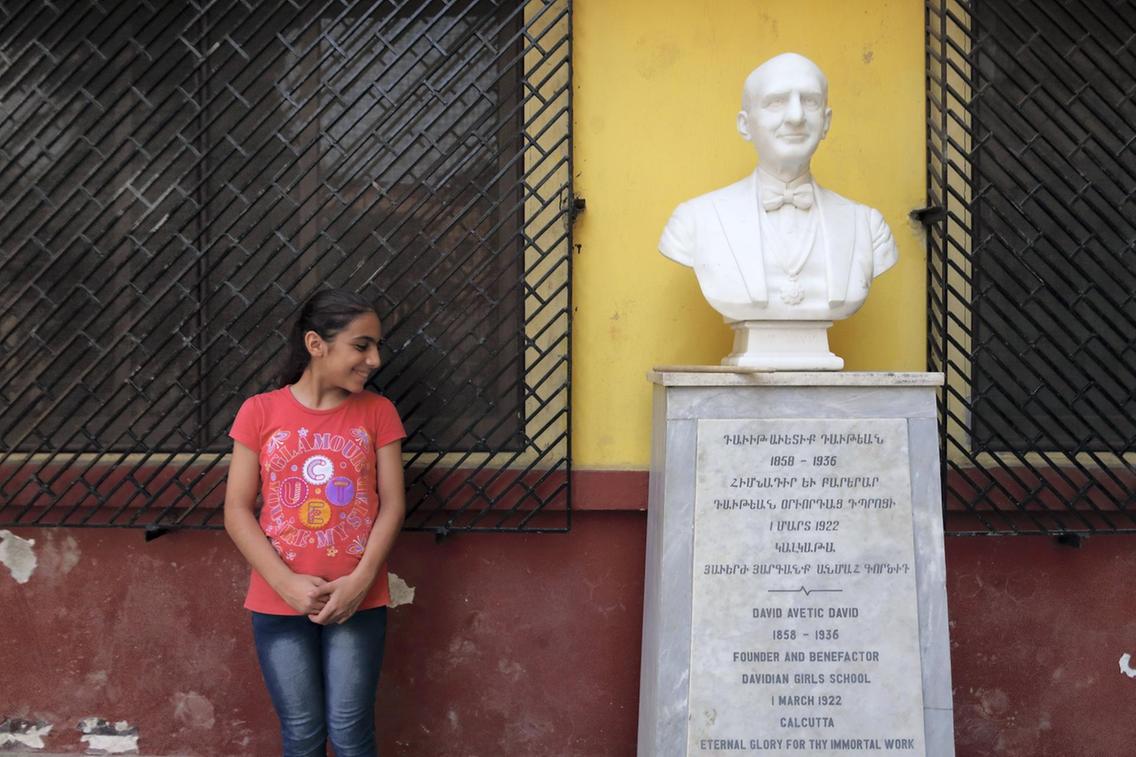
Commonly known as the Armenian College, the institution is, in fact, an Armenian school, founded primarily to educate the Armenian children of the city. The Armenian College and Philanthropic Academy (ACPA) was founded by the Armenian community of India, on 2 April 1821, at 358 Old China Bazar Street, very near to the Armenian Holy Church of Nazareth. From its inception, the Armenian College has played a distinguished and important role in the preservation and spread of Armenian culture throughout the world.

The Armenians adopted Christianity in 301 AD and they were invited by the Mughal Emperor Akbar in the 17th century to come and settle in his dominions. Around 1645, they arrived in Bengal and settled along the fertile western bank of the River Hoogly, like most of the traders of the time. Within the early 19th century, the Armenians established themselves as a prominent business community in Calcutta that ran coalmines, indigo and shellac businesses. As they grew in size and influence, they felt the need to have its own school.
In fact, in parallel to its commercial pursuits, the Armenian Community in India had always been keen to pursue education among the younger generation for the enlightenment and advancement of its nation. The idea was supported by the efforts of the community to establish schools to train and educate their children in the language and faith of their ancestors, without which the new generation would be indifferent of their origin and national identity.

However, the idea of establishing a national academy was mainly conceived by two Armenian merchants, Astvatsator Muradghanian and Mnatsakan Vardanian, who hailed from Julfa, now in Iran and that resulted in the foundation of ACPA in 1821. Four years later, a school founded by Aratoon Kaloos in 1798, was amalgamated with the ACPA in 1825.
In 1884, ACPA purchased a plot of land, along with a building at 56B Free School Street, which later renamed Mirza Ghalib Street. While the existing building was demolished for the construction of the new building, an old plaque at the entrance of the new imposing building indicates that the old building was the birthplace of William Makepeace Thackeray, an Anglo-Indian poet and novelist and the author of ‘Vanity Fair’ and other classics. The three-storey main building of the school includes the senior dormitory, classrooms and the chemistry laboratory. The Hall building, a double-storey edifice built in 1890, has a stage in the first floor, for performing cultural programmes and the dining hall, designed to accommodate 200 people at a time.

By agreement with the Managing Committee of the Armenian College in 1896, Arathoon Apcar, created the Mary Apcar Trust and bought the plot of land at the School gate to serve as a dormitory for the Apcar Scholars of the Mary Apcar Trust, for the benefit of the offspring of the Apcar family or those children nominated by them. The Trust deed also stated that, if no Armenians were found from Iran, the benefits would be applicable to the needy students of India. However, in the last 30 years, the dormitory has been kept closed, as there was no Apcar scholars staying in the Mary Apcar building and finally, it was leased out for commercial offices.
Major expansion of the Armenian College took place in 1929, when JC Galstaun, one of the most famous Armenians of Calcutta, bought a building with the assistance of the Armenian Church and the building was annexed to the school in 1930, as the office building. In the same year, another plot of land, next to the school, was purchased and turned into a playground for the benefit of the students. At the same time, a swimming pool was also constructed at the southern part of the playground, with the help of benefactor Peter Crete, who was a fabulously rich Roman Catholic Armenian.

In 1870, the first batch of students from the academy was sent for the Matriculation Examination and in 1886, it was granted affiliation by the Calcutta University up to the Arts standard. This is when the Academy came be known as the Armenian College, the name which still sticks to it, despite discontinuation of the College classes from 1892, due to the paucity of students.

In 1953, the ACPA and Davidian Girls’ School were amalgamated to form one co-educational unit.and since 1970, the heritage institution prepares students for the Indian certificate of secondary education (ICSE) examination (Class X) and the Indian School Certificate (ISC) examination (Class XII). The school is globally known among the Armenians and during its long existence of more than 195 years, ACPA has provided education and shelter to thousands of Armenian Children from Iran, Iraq, India and Armenia. The school also provides boarders with a free passage back home once in every three years.

From celebrating the Armenian Christmas on the 6th day of January, going to the Armenian Church of the Holy Nazareth every Sunday and the food served inside the campus, the ACPA is nurturing a little Armenia inside its boundaries in the heart of Calcutta. Even the schools’ houses are named after the great Armenian figures, Levon, Haik, Trdent and Tigran.